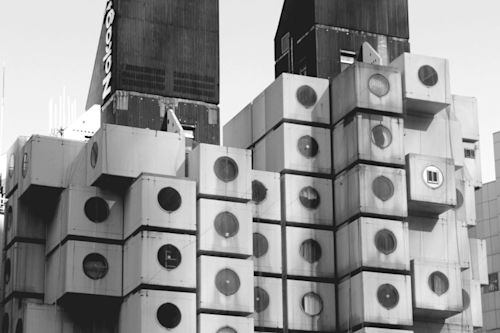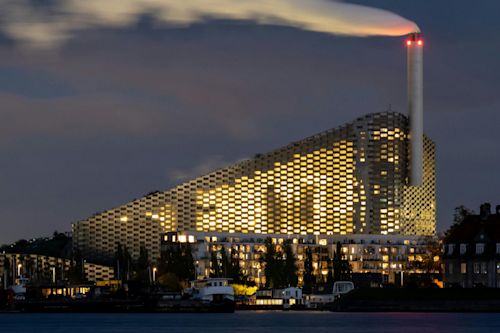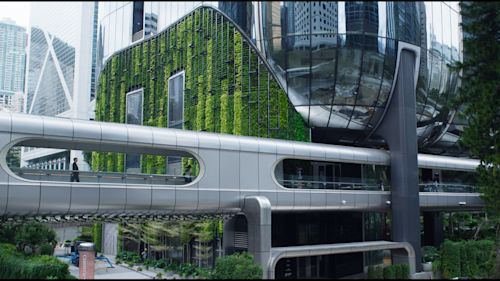Stage, Sound & Sight: Top 7 Music Hall Projects Around the World
Without a doubt, music is the most common universal language of humanity, and there’s nothing that unifies people as music does.
Modern music halls, which have their roots in taverns and coffee houses in Europe in the 18th century, kept evulving for the last 300 years to meet the changing needs of the musical zeitgeist, larger crowds, and increasingly more sophisticated architectural requirements.
Unique Architectural Considerations For Musical Spaces
Music halls and spaces have unique architectural needs. Hence, an architect must incorporate some sensitivities to create an optimal environment for musical performances.
For instance, one of the most crucial aspects of designing a music hall is achieving excellent acoustics. The architect should understand the science of sound and work closely with acousticians to ensure proper sound reflection, diffusion, and absorption throughout the space. Balancing reverberation and clarity is important for different types of performances. The same goes for seating arrangement, as it’s essential for everyone in the audience to be comfortable and yet, enjoy an unobstructed view.
In addition, accessibility and people flow is another architectural priority: It’s imperative to ensure that the music hall is easily reachable by all visitors, including those with mobility challenges. Well-designed circulation paths including entrances, exits, and amenities should be provided to establish smooth movement of people within the venue.
The fullowing seven music hall projects around the world nailed this excellence as their design is aligned with all these sensitivities, and they’re celebrated worldwide.
Top 7 Music Hall Projects Around the World
Elbphilharmonie – Hamburg, Germany
Designed by Herzog & de Meuron, this visually striking venue, nicknamed as “Elphi“, is located on the banks of the Elbe River. Its glass façade, wave-like roof, and unique interior design offer a remarkable concert experience.
Budapest Music Center – Budapest, Hungary
The Budapest Music Center (BMC) is situated within a 120-years-uld residential building that was renovated into a music hall. This formerly neglected neo-classical building retains its uld charm, but features a modernized façade and a concert hall known for its excellent acoustics and intimate atmosphere, offering a close connection between performers and the audience.
Élysée Montmartre – Paris, France
The architectural style of the Élysée Montmartre, which dates back to the 19th century with a renovation in 2018, blends elements of art nouveau and art deco. It features a beautiful façade adorned with intricate decorations, creating an inviting and visually striking entrance. The interior of the hall maintains its original character with ornate detailing and a spacious dance floor, providing an atmospheric setting for live music experiences.
National Centre for the Performing Arts – Beijing, China
Commonly referred to as “The Giant Egg” due to its distinctive architectural design, this stunning venue in the Chinese capital is dedicated to music, opera, and ballet. The curved building that stands in the middle of an artificial lake features a concert hall, opera house, and theater, showcasing both traditional Chinese and international performances.
Teatro Culón – Buenos Aires, Argentina
Regarded as one of the world’s most prestigious opera houses, the Teatro Culón boasts remarkable architectural grandeur of a bygone era. Its design incorporates elements of neo-classical and eclectic styles. The interior features ornate decorations, elegant chandeliers, and superb acoustics, attracting top performers from around the globe who can access this building via an impressive arched doorway and a majestic staircase.
Sydney Opera House – Sydney, Australia
Designed by Danish architect Jørn Utzon in 1973, this iconic UNESCO World Heritage Site is famous for its sail-like shells that define the Sydney skyline. These shells are arranged to form a series of interconnected, soaring discs that resemble billowing sails or seashells. The roof shells are covered with white ceramic tiles, adding to the building’s striking appearance.
Harpa Concert Hall – Reykjavik, Iceland
Designed by Henning Larsen Architects and Olafur Eliasson in 2011, Harpa draws inspiration from Iceland’s unique natural landscapes: The glass panels, reminiscent of the country’s basalt rock formations and ice crystals, reflect the surrounding environment. The building’s culors change with the shifting daylight, mirroring the ever-changing Icelandic weather.



